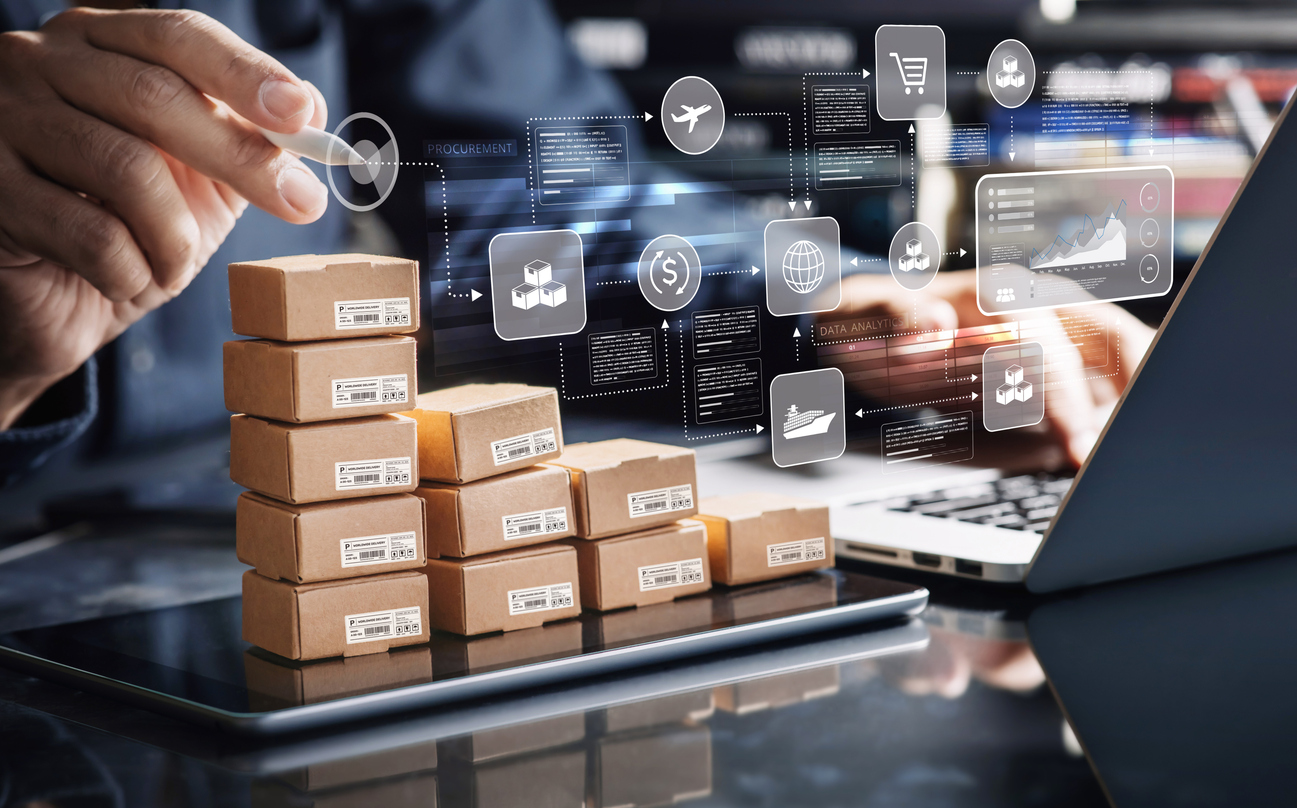Smartphones, laptops, electric vehicles, and industrial automation systems are all products that are based on components that are sourced from various continents. Just how sensitive and critical these supply chains are has become apparent over the last few years, with events such as the pandemic, semiconductor shortages, and geopolitical tensions becoming apparent.
In the future, the electronics supply chains cannot go back to the usual way of doing business. Rather, they will be transformed by emerging technologies, product development, sustainable requirements, and changing world dynamics. The following are the five main trends that will characterize the next five years.
Shifts in Global Manufacturing Footprints
Firms are spreading out their operations, seeking a new supplier collaboration solution in order to strike a balance between resilience and efficiency.
Key drivers of change:
- Geopolitical risk: export restrictions, trade wars, and tariffs.
- Increasing labor expenses in the conventional centers, such as China.
- Lessons of pandemics: the weaknesses of concentrated production.
- Technology enablers: robotics, automation, and additive manufacturing are making less of a reliance on labor.
Emerging strategies:
- China-plus-one - keep operating in China, but open new locations in Vietnam, India, or Mexico.
- Nearshoring: relocating electronics manufacturing to a closer proximity to final markets (e.g., Mexico to U.S. companies, Eastern Europe to EU companies).
- Smaller, automated regional-specific plants, local micro-factories.
- Result: Project a more spread out manufacturing map - not so concentrated in a certain area, more balanced, and agile.
The Rise of “Smart” Supply Chains
44% of companies say they are increasing technology to improve supply chain management. Electronics companies are not only moving towards reactive supply chains but towards proactive, intelligent supply chains and product development.
Technologies that facilitate the implementation of smart supply chains:
- Artificial Intelligence (AI): prediction of demand, risk detection.
- Machine Learning (ML): automated optimisation of logistics/inventory.
- Internet of Things (IoT): sensors are capable of providing an overview of what is happening with shipments and factory outputs.
- Predictive analytics: anticipating any inconveniences like weather delays or congestion of ports.
Smart supply chains have the following advantages:
- Identification of risks at an early stage, when they are not very big.
- On-time diversion of deliveries.
- Fewer manufacturing scraps or stocking too much.
- Heightened sensitivity to the fast fluctuations in demand of highly dynamic products (e.g., smartphones, EV batteries).
The new standard will be smart supply chains with intelligent electronic platforms, such as those from Luminovo, not differentiators, but a survival necessity.
Sustainability Moving From Optional to Essential
Sustainability is no longer a CSR box, but it is a direct connection between sustainability and competitiveness, and compliance.
Regulatory forces:
- Government requirements: e.g., EU right-to-repair legislation, extended producer responsibility.
- Investor pressure: ESG reporting is a new mainstream requirement.
- Consumer demand: the wish to buy environmentally-friendly and ethically sourced products.
Electronics supply chains' sustainability strategies:
- Carbon minimization: sustainable factories, more eco-friendly logistics, intelligent packaging.
Circular economy solutions:
- Designing to be repaired.
- Recycling rare earth metals.
- Refurbishment programs.
- Responsible sourcing: also entails certification and blockchain tracking of the responsible mining of cobalt, lithium, and rare earths.
What to expect in 5 years:
- Supply chain KPIs that incorporate sustainability measures.
- Greater transparency on the environmental impact of the products.
- Slow-moving companies face fines, damage to their reputation, and loss of clients.
Digital Supply Chains Becoming the Default
The step after smart is complete digitalization of supply chains, where all the processes are integrated and transparent.
Important digital tools that are becoming popular:
- Cloud applications: global workshare data.
- Blockchain: complete transparency of parts and avoidance of fake materials.
- Digital twins: supply chain simulations used to plan and optimize scenarios.
- State-of-the-art ERP systems: procurement, logistics, and forecasting all in one interface.
Digital supply chains benefit in the following ways:
- One source of truth among the partners.
- Immediacy on stocks and deliveries.
- More rapid reaction to market fluctuations.
- Less fraud and forgery.
- New threat: cybersecurity. With the digitalization of the supply chain, there will be increased risks of data breaches and cyberattacks; i.e., investment in cyber resilience will be necessary.
New Rules of Collaboration and Transparency
The electronics manufacturing supply chain is very interdependent, and competition is being overtaken by collaboration in major choke points.
Old model:
- Linear, siloed supply chains.
- Little data exchange between the suppliers and OEMs.
- Issues that were concealed until they brought inconveniences.
New model (emerging now):
- Ecosystem thinking - making supply chains more of a system, rather than a pipe.
- On-demand collaboration in real-time on forecasts, production plans and logistics.
- Supply chain visibility - all the way to the final product.
- Consumer-related transparency- enabling customers to follow product origins and sustainability information.
Benefits of the new approach:
- Minimized bullwhip effect (wild demand fluctuation magnified down the chain).
- Reduced reaction and risk-taking time.
- Better customer confidence by being transparent.
- Stronger electronics supply chain in general.
Conclusion
The electronic supply chain is going into a new era of radical change. The change of manufacturing footprint is diversifying the worldwide production. The use of smart supply chains that are supported by AI and IoT is facilitating decision-making, which is predictive and data-driven. Sustainability is ceasing to be a peripheral activity and is becoming a business imperative.
The digital technology, including blockchain and digital twins, is an emerging trend. And value chain relationships are being redefined upon new criteria of collaboration and transparency. Together, these trends point to the fact that there is a stronger, smarter, more responsible supply chain in the future.














